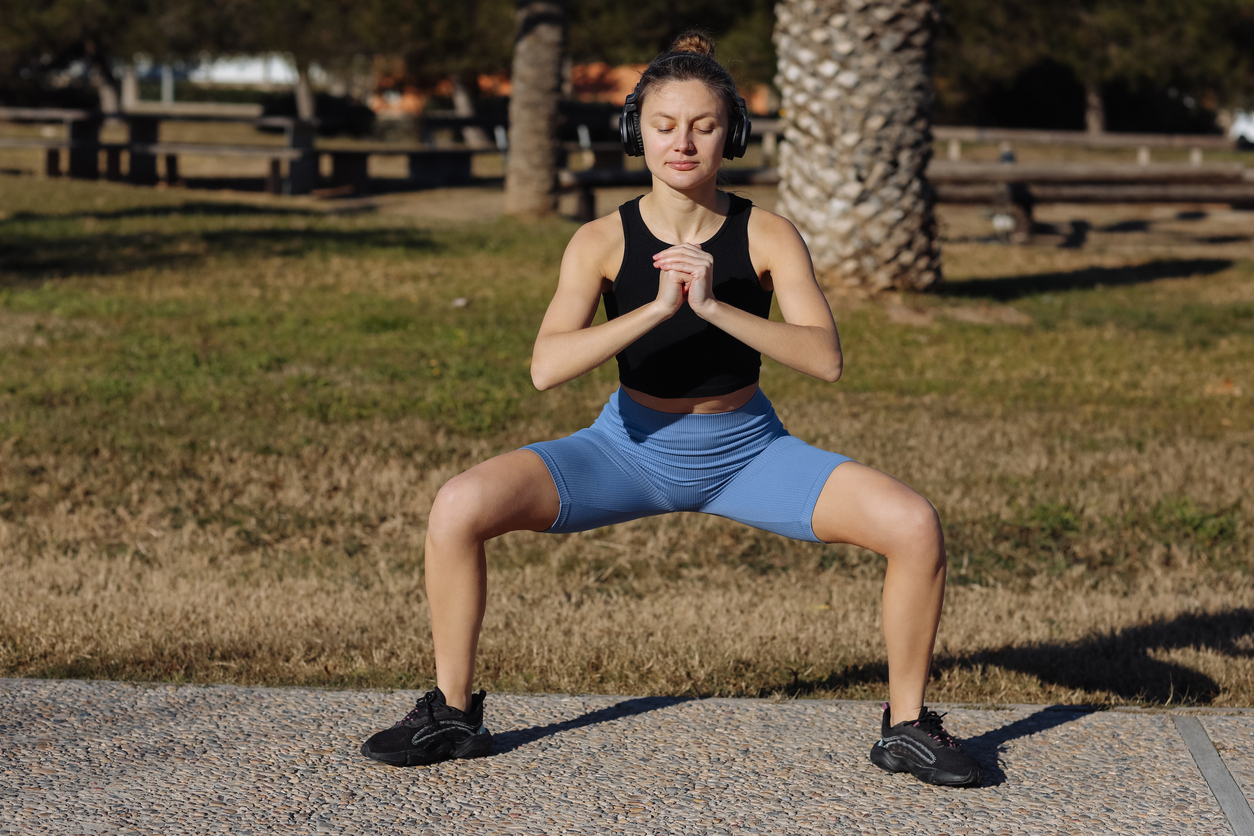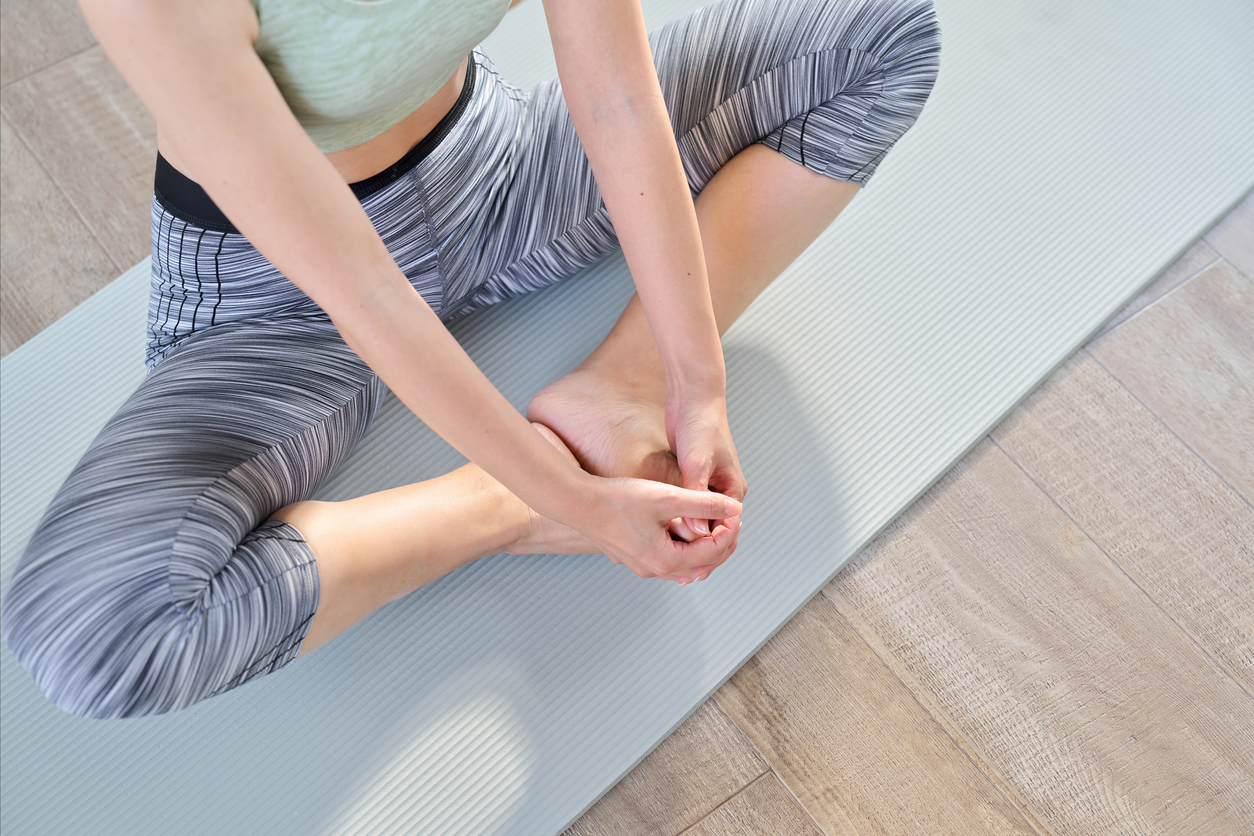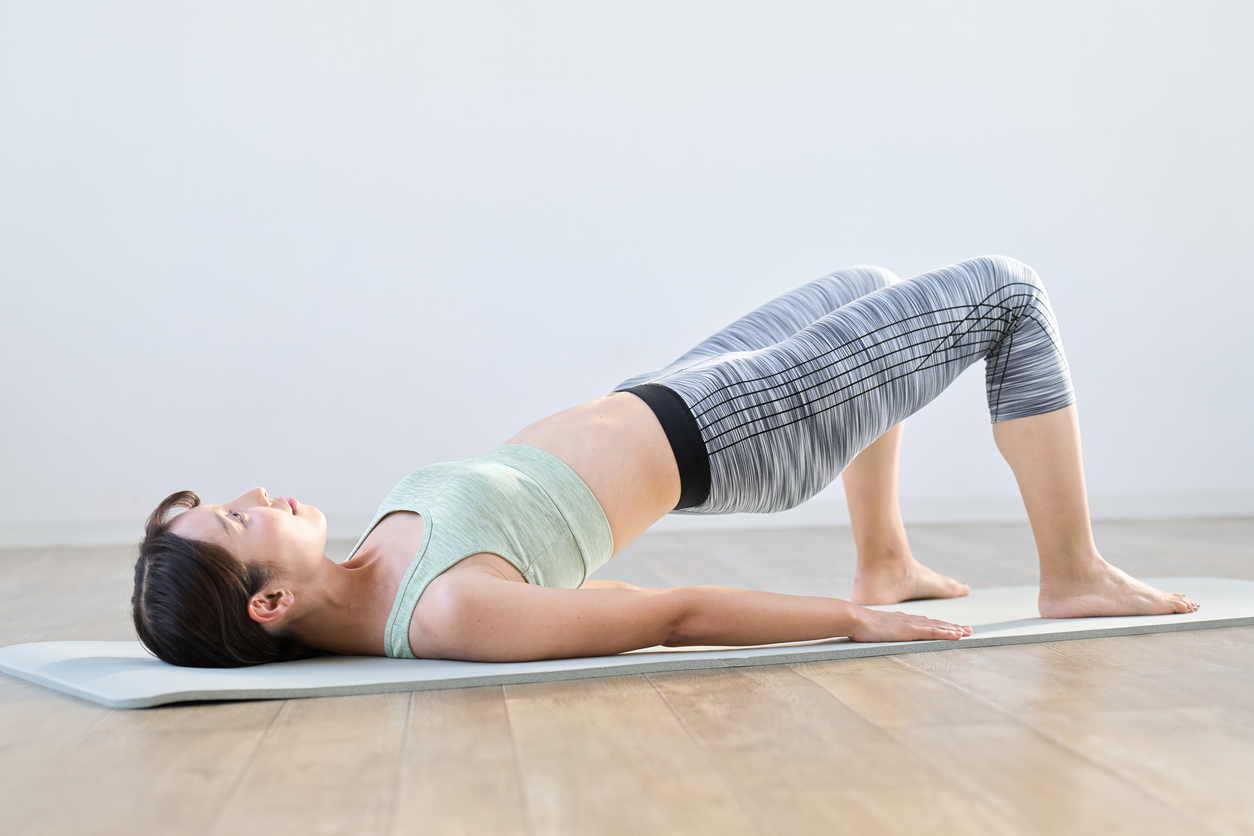You might’ve seen them sensationalized in a magazine when you were a teen. Or, maybe your friend who read that magazine told you about the raunchy exercise in a giggle-filled whisper. Maybe you heard “WAP” on the radio and had to Google what Cardi B meant when she said, “I do a Kegel while it’s inside.” Or, maybe you were recommended the exercise by your OBGYN if you’ve struggled with urinary incontinence or mild prolapse. No matter how you discovered them, we’ve all probably had the same question on our minds — can Kegels improve your sex life?
Kegels are designed to strengthen your pelvic floor muscles, which are responsible for supporting your bladder, uterus, and rectum. Doing Kegels, or repeatedly contracting and relaxing your pelvic floor muscles, can strengthen them and “enhance arousal, orgasm, satisfaction, and reduce pain during intercourse,” according to OBGYN Dr. Caldonia Buckheit.
Studies show Kegels can improve your sex life, and we want you to have great sex! Let’s break down how they work and how you can reap the benefits that can come from strengthening your pelvic floor.

How to do Kegel exercises: The no-BS guide
Kegels are just one exercise in the umbrella term of pelvic floor muscle training, which also includes exercises like bridges, squats, pelvic tilts, and bird-dog.
To perform a proper Kegel, Dr. Buckheit says you must first find the right muscles. Next time you’re peeing, try stopping midstream — if you can do this, you can do a Kegel! (But, we don’t recommend doing this frequently, or regularly doing Kegels while urinating. Stopping your pee too often can increase your risk of a UTI.) Many people mistakenly include their glute muscles, but to perform a Kegel correctly and reap the benefits, you want to focus on the smaller muscles closer to your front side by your urethra.
For another way to ensure you’ve found the right muscles, try inserting your finger into your vagina and then pretend like you’re stopping urination. If you feel the opening becoming tighter around your finger, you’ve got the right muscles.
After you’ve found the sensation, contract that muscle for 3-5 seconds, and relax it for the same amount of time. Dr. Buckheit says to find the optimal benefits, you should do this 8-12 times per session, and try to get in at least three sessions per day.

Benefits of Kegel exercises: More than just sex
Kegels were not originally created to improve your sex life — that part’s just a great bonus. So what else are they good for? Let’s talk about it.
In 1948, gynecologist Dr. Arnold Kegel first described the exercise that would become his namesake. Knowing that exercise and muscle use can help repair injured muscles, he was the first to find that women could strengthen their pelvic floor through exercise, specifically in helping remedy muscle injury after vaginal childbirth in place of or supplementing surgery.
His studies showed that kegels could prevent pelvic organ prolapse, which, in women, is when organs from your pelvis, like your uterus, bowel, or bladder, fall from their normal position and bulge into or put pressure on the vagina. Dr. Kegel also showed that the exercise could prevent urinary incontinence, which is the involuntary leakage of urine caused by weakened pelvic muscles. Both of these things can be after-effects of childbirth, as well as genetics, aging, menopause, and weight.
“I recommend Kegel exercises and refer to pelvic [physical therapy] all the time in my practice,” Dr. Buckheit says, mostly for urinary incontinence and prolapse. But, kegels might not be beneficial for everyone. For those with overactive or excessively tight pelvic floors, kegels might worsen negative symptoms like constipation, painful sex, and pelvic pain. Dr. Buckheit recommends speaking with your women’s healthcare provider to decide if Kegels are right for you.

So, do Kegels make you tighter? The honest answer
Doing pelvic floor muscle training can make you feel tighter. While Kegels may not literally change the width of your vagina, Dr. Buckheit says that “the improved muscle tone and control can also lead to a sensation of a ‘tighter’ vagina, for some women.”
A 2015 literature review found that training the pelvic floor muscles improved female sexual function, specifically improving arousal, lubrication, and orgasm. A 2022 study found that a 6-week pelvic floor muscle training program improved sexual satisfaction of the partners in women with overactive bladder.
Strengthening these muscles improves blood flow, which can help facilitate clitoral erection and vaginal engorgement. Orgasm is also characterized by rhythmic muscle contractions in the vagina and by working your pelvic floor muscles, you can improve your ability to control these muscles.
In 1952, Dr. Arnold Kegel connected pelvic floor muscle strength to female orgasm and newer evidence shows that conditions characterized by weaker pelvic floor muscles like urinary incontinence are associated with sexual dysfunction. Studies have suggested that stronger pelvic floor muscles, specifically the ischiocavernous muscle that assists in clitoral erections in women, were helpful for the arousal and the attainment of orgasm.

Kegels for better sex
Now you know — Kegels, when done properly, really can help you have better sex, and who doesn’t want that?
While we don’t necessarily condone taking health advice from your favorite pop star, you might want to take Cardi B’s advice and try out a “Kegel while it’s inside” next time you’re with your partner.
It’s all about what works best for you — so, try them out! Adding pelvic floor exercises to your workout routine might just take you and your partner’s pleasure to the next level.
Eliza Mattson is a journalism student at Northwestern University and a Rescripted editorial intern. She is primarily interested in health and science writing, but she also studies history and economics. When she’s not writing or studying, you can find her rewatching Speed for the millionth time or baking cookies.









.webp)

.jpg)
















